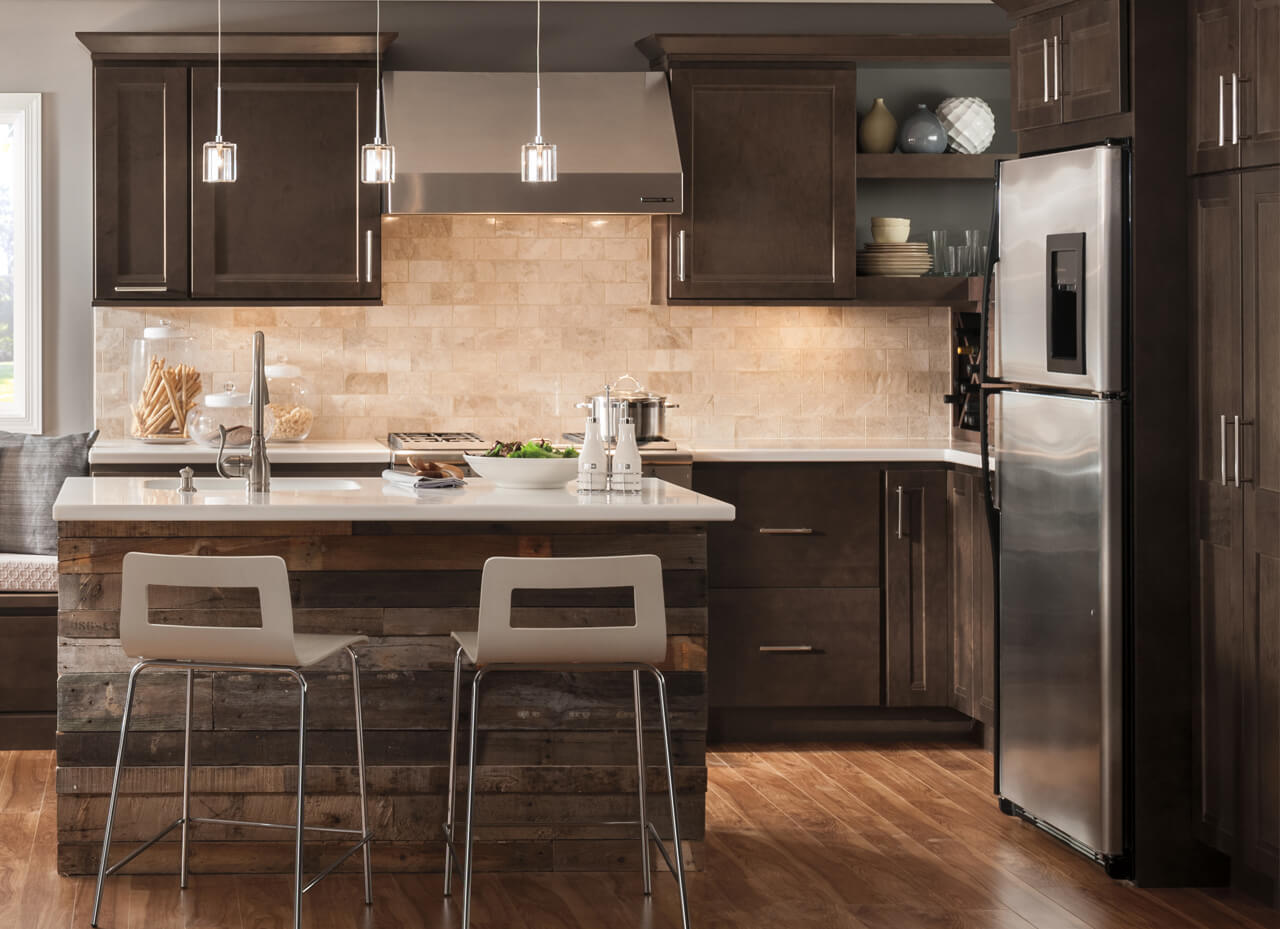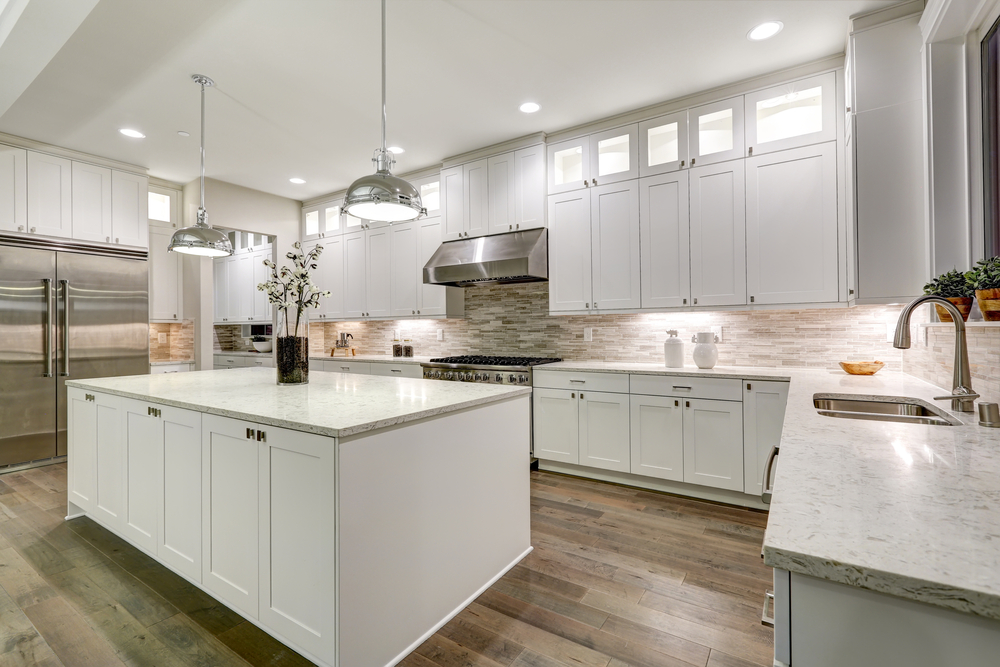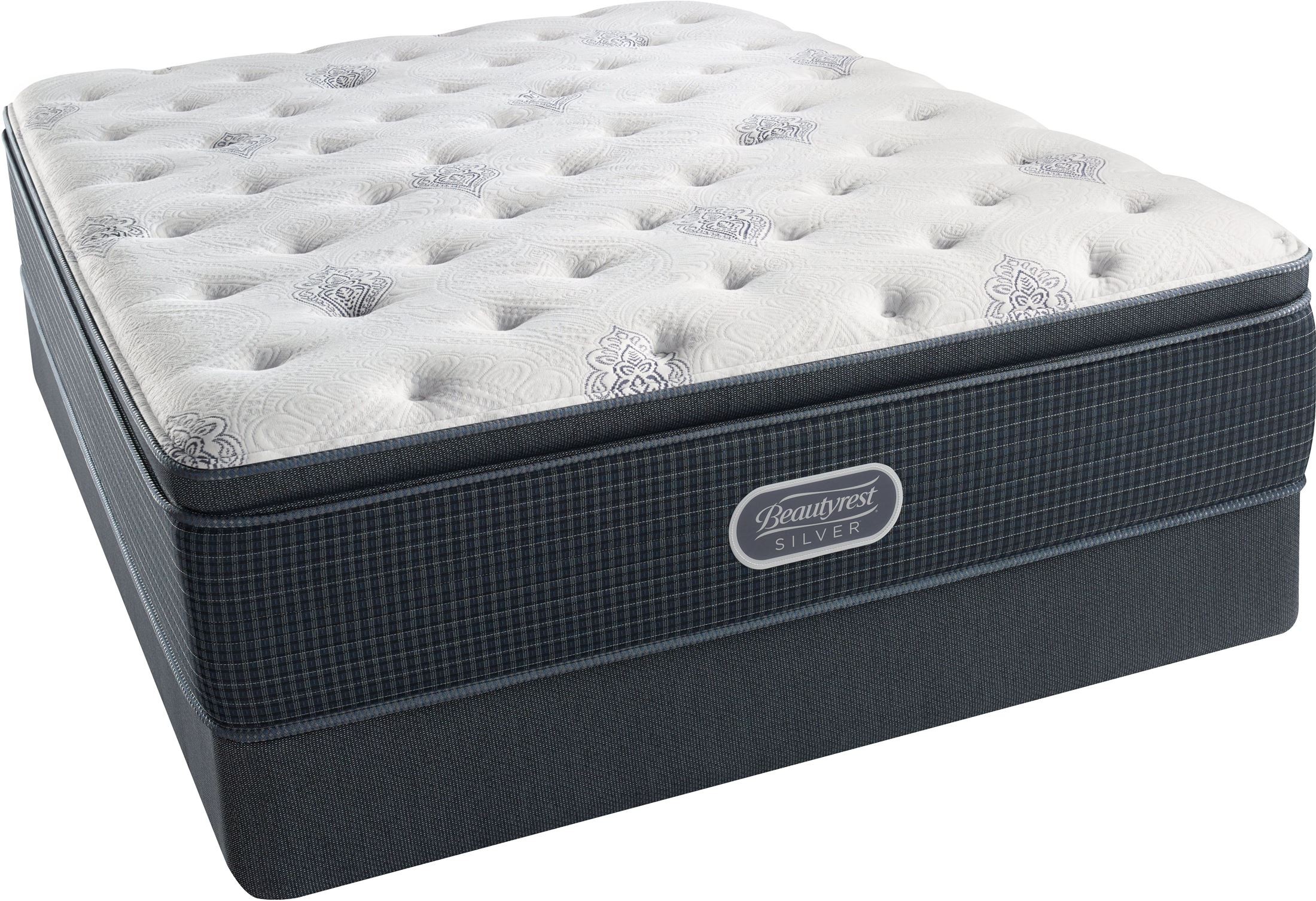Dark cabinets can make a kitchen feel cozy and elegant, but they can also create a lack of light in the space. That's where recessed lighting comes in. Properly placed recessed lighting can brighten up your dark kitchen cabinets and make your space feel more open and inviting. Here's a guide on how to strategically place your recessed lighting for the best results. First, determine the layout of your kitchen. Are there any specific areas that need more light, such as a kitchen island or a dining area? These are the areas where you should focus your recessed lighting. You can also use recessed lighting to highlight specific features of your dark kitchen cabinets, such as glass doors or decorative hardware. Next, consider the size and shape of the room. For a smaller kitchen, you may only need a few recessed lights to brighten up the space. In a larger kitchen, you may need more lights to evenly distribute the light. Also, take into account any natural light sources, such as windows, and try to balance out the artificial lighting with the natural light. When it comes to placement, it's important to avoid placing recessed lights too close to the cabinets. This can create awkward shadows and dark spots. Instead, try to place the lights about 18-24 inches away from the cabinets. This will provide a good amount of light without washing out the cabinets. Another important factor to consider is the beam angle of the recessed lights. For dark cabinets, a narrower beam angle (around 30 degrees) is ideal as it will provide a more focused and direct light. A wider beam angle can create a more diffuse light which may not be as effective in brightening up dark cabinets. Overall, the key is to experiment with different placement options and see what works best for your specific kitchen layout and cabinet design. You may also want to consult with a professional to get their expert opinion on the best placement for your recessed lighting.1. Recessed Lighting Placement Guide for Dark Cabinets
Choosing the right recessed lighting for your dark kitchen cabinets is essential for achieving the perfect balance of light and shadow. Here are some factors to consider when selecting your recessed lighting: Type of bulb: There are a variety of bulb options for recessed lighting, including incandescent, halogen, LED, and CFL. For dark cabinets, LED bulbs are a great choice as they produce a bright, white light that can really make your cabinets pop. They also have a long lifespan and are energy-efficient. Color temperature: The color temperature of a bulb refers to the color appearance of the light it produces. For dark kitchen cabinets, a color temperature of 3000K to 4000K is recommended as it will provide a cool, white light that can counteract the warmth of the dark cabinets. Dimmability: Being able to dim your recessed lighting is important as it allows you to adjust the level of light in your kitchen based on your needs and mood. Make sure to choose dimmable bulbs and compatible dimmer switches for your recessed lights. Trim style: Recessed lighting comes in a variety of trim styles, including baffle, reflector, and adjustable. For dark cabinets, a baffle trim is a good option as it helps to reduce glare and provides a more diffused light. Size and spacing: The size and spacing of your recessed lights will depend on the size and layout of your kitchen. Generally, smaller lights with a spacing of 4-5 feet apart work well for a kitchen with dark cabinets. When selecting your recessed lighting, be sure to also consider the overall aesthetic of your kitchen. You want your lighting to complement the style and design of your cabinets, not clash with it.2. How to Choose the Right Recessed Lighting for Your Dark Kitchen Cabinets
If you have dark kitchen cabinets, you may feel limited in terms of lighting options. However, there are still plenty of creative and stylish ways to brighten up your space. Here are some dark cabinet kitchen lighting ideas to consider: Pendant lights: Pendant lights are a great way to add visual interest and ambient lighting to a kitchen with dark cabinets. Opt for a metallic or glass pendant light to add a touch of shine and contrast against the dark cabinets. Under-cabinet lighting: Installing under-cabinet lighting is a practical and effective way to add extra light to your kitchen. It can also highlight the texture and color of your dark cabinets, making them stand out even more. Track lighting: Track lighting is another option for adding extra light to your dark kitchen cabinets. It allows you to adjust the direction of the lights, making it easy to highlight specific areas or features of your cabinets. Strip lighting: Strip lighting is a popular choice for modern kitchens as it provides a sleek and seamless source of light. You can install strip lighting above or below your cabinets to create a soft and warm glow in your kitchen. Chandeliers: For a touch of elegance and glamour, consider adding a chandelier above your kitchen island or dining table. This can provide both functional and decorative lighting in your dark kitchen. When it comes to lighting ideas for dark cabinets, the key is to experiment and find the right balance of light and style for your specific kitchen design.3. Dark Cabinet Kitchen Lighting Ideas
Recessed lighting is a popular choice for dark kitchen cabinets as it provides a clean and modern look while effectively brightening up the space. Here are some of the best recessed lighting options for dark kitchen cabinets: IC-rated recessed lights: IC-rated (insulation contact) recessed lights are designed to be in direct contact with insulation and are a great choice for energy efficiency. They are also safe to use in areas with high humidity, such as a kitchen. Airtight recessed lights: Airtight recessed lights are designed to prevent air from escaping through the ceiling, making them a good option for energy efficiency and preventing drafts. They also help to reduce noise and improve air quality in your kitchen. Shower trim recessed lights: If you have a sink or any other water source in your kitchen, consider using shower trim recessed lights. These have a protective cover that helps to prevent water from seeping into the light fixture. Sloped ceiling recessed lights: If your kitchen has a sloped ceiling, make sure to choose recessed lights that are designed specifically for this type of ceiling. These lights have a swivel feature that allows them to be installed at an angle, providing better lighting for your kitchen. Color-changing recessed lights: For a fun and unique touch, consider using color-changing recessed lights in your dark kitchen. These lights can be controlled with a remote and allow you to change the color and brightness of the light to suit your mood or occasion. Ultimately, the best recessed lighting option for your dark kitchen cabinets will depend on your specific needs and preferences. Consider consulting with a lighting specialist to help you make the right choice.4. Best Recessed Lighting Options for Dark Kitchen Cabinets
Installing recessed lighting in a kitchen with dark cabinets may seem like a daunting task, but it can actually be done with a few simple steps. Here's a general guide on how to install recessed lighting in your kitchen: Step 1: Plan the layout: Determine the placement and spacing of your recessed lights based on the layout and size of your kitchen. Use a tape measure, pencil, and level to mark the areas where the lights will be installed. Step 2: Cut holes for the lights: Use a hole saw or a drywall saw to cut holes in the ceiling where the lights will be installed. Make sure to follow the manufacturer's instructions for the size and placement of the holes. Step 3: Install the wiring: If you are not comfortable working with electrical wiring, it's best to hire a professional electrician for this step. Otherwise, follow the manufacturer's instructions for wiring the lights and connecting them to a switch. Step 4: Install the lights: Place the lights into the holes and secure them in place using the included clips or brackets. Make sure they are flush with the ceiling and do not protrude. Step 5: Test the lights: Turn on the power and test each light to make sure they are working properly. Adjust the placement or angle of the lights if needed. Step 6: Install the trim: Once the lights are in place, install the trim pieces according to the manufacturer's instructions. This will help to cover any gaps and create a finished look. Remember to always follow safety precautions when working with electricity. If you are unsure about any step of the installation process, do not hesitate to seek professional help.5. How to Install Recessed Lighting in a Kitchen with Dark Cabinets
In addition to proper placement and installation, there are some design tips to keep in mind when lighting a kitchen with dark cabinets. Here are some ideas to help you achieve the perfect balance of light and dark in your kitchen: Use different types of lighting: Don't limit yourself to just recessed lighting. Incorporate other types of lighting, such as pendant lights, under-cabinet lights, or strip lights, to add interest and dimension to your kitchen. Layer your lighting: In addition to using different types of lighting, make sure to layer your lights by using a combination of ambient, task, and accent lighting. This will create a more balanced and visually appealing look in your kitchen. Choose warm bulbs: Dark cabinets can sometimes create a heavy and cool atmosphere in a kitchen. To counteract this, choose warm bulbs with a color temperature of 3000K to 4000K to add a cozy and inviting feel to the space. Add reflective surfaces: Reflective surfaces, such as stainless steel appliances or a mirrored backsplash, can help to bounce light around the kitchen and make it feel brighter. They can also add a touch of modernity to a kitchen with dark cabinets. Consider the overall aesthetic: When selecting your lighting, consider the overall aesthetic of your kitchen. For a traditional or farmhouse style kitchen, opt for more classic and simple lighting fixtures. For a modern or industrial style kitchen, choose more sleek and minimalist options. With these design tips, you can create a beautiful and well-lit kitchen that perfectly complements your dark cabinets.6. Dark Cabinet Kitchen Lighting Design Tips
While recessed lighting can be a great solution for brightening up a dark kitchen with cabinets, there are some dos and don'ts to keep in mind to ensure the best results: Do:7. Recessed Lighting for Dark Kitchen Cabinets: Dos and Don'ts
Dark cabinets can add a touch of elegance and warmth to a kitchen, but they can also make the space feel dim and closed off. By strategically using recessed lighting, you can brighten up your dark kitchen cabinets and create a more inviting and functional space. Remember to consider placement, bulb type, and overall design when selecting your recessed lighting. And most importantly, have fun experimenting and finding the perfect lighting solution for your unique kitchen. With the right recessed lighting, your dark cabinets will shine in all their glory.8. Brighten Up Your Dark Kitchen Cabinets with Recessed Lighting
Aside from recessed lighting, there are plenty of other lighting ideas to consider for a kitchen with dark cabinets. Here are some ideas to help you get started: Task lighting: Task lighting, such as under-cabinet lights or pendant lights above a kitchen island, can provide focused light for specific areas where you need it most. Ambient lighting: Ambient lighting, also known as general lighting, is essential for overall illumination in a kitchen. This can include recessed lights, chandeliers, or flush-mount fixtures on the ceiling.9. Kitchen Lighting Ideas for Dark Cabinets
Kitchen Recessed Lighting with Dark Cabinet: The Perfect Combination for a Modern House Design

The Importance of Lighting in House Design
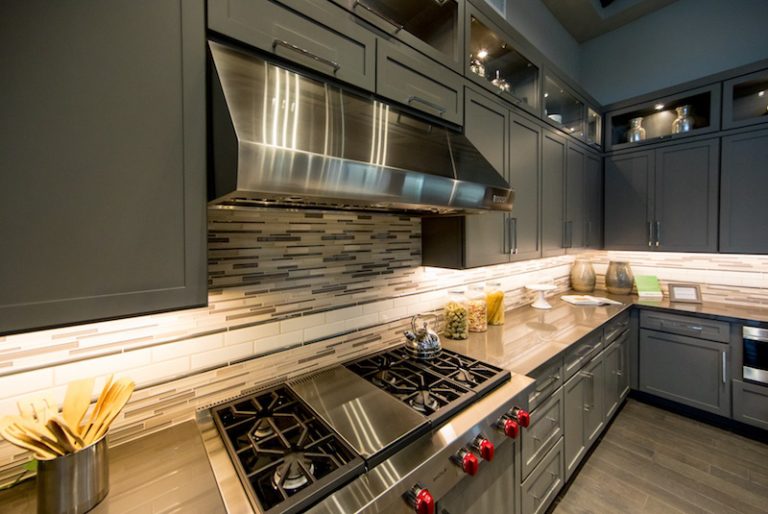 When it comes to designing a house, lighting is often an overlooked aspect. However, the right
lighting can make all the difference
in creating a beautiful and functional space. It sets the mood, adds depth and dimension, and highlights the overall design of a room. In the kitchen, lighting is even more crucial as it is a space for cooking, dining, and socializing.
Kitchen recessed lighting
is a popular choice for its clean and modern look, and when paired with dark cabinets, it creates a striking and sophisticated design.
When it comes to designing a house, lighting is often an overlooked aspect. However, the right
lighting can make all the difference
in creating a beautiful and functional space. It sets the mood, adds depth and dimension, and highlights the overall design of a room. In the kitchen, lighting is even more crucial as it is a space for cooking, dining, and socializing.
Kitchen recessed lighting
is a popular choice for its clean and modern look, and when paired with dark cabinets, it creates a striking and sophisticated design.
The Aesthetic Appeal of Dark Cabinets
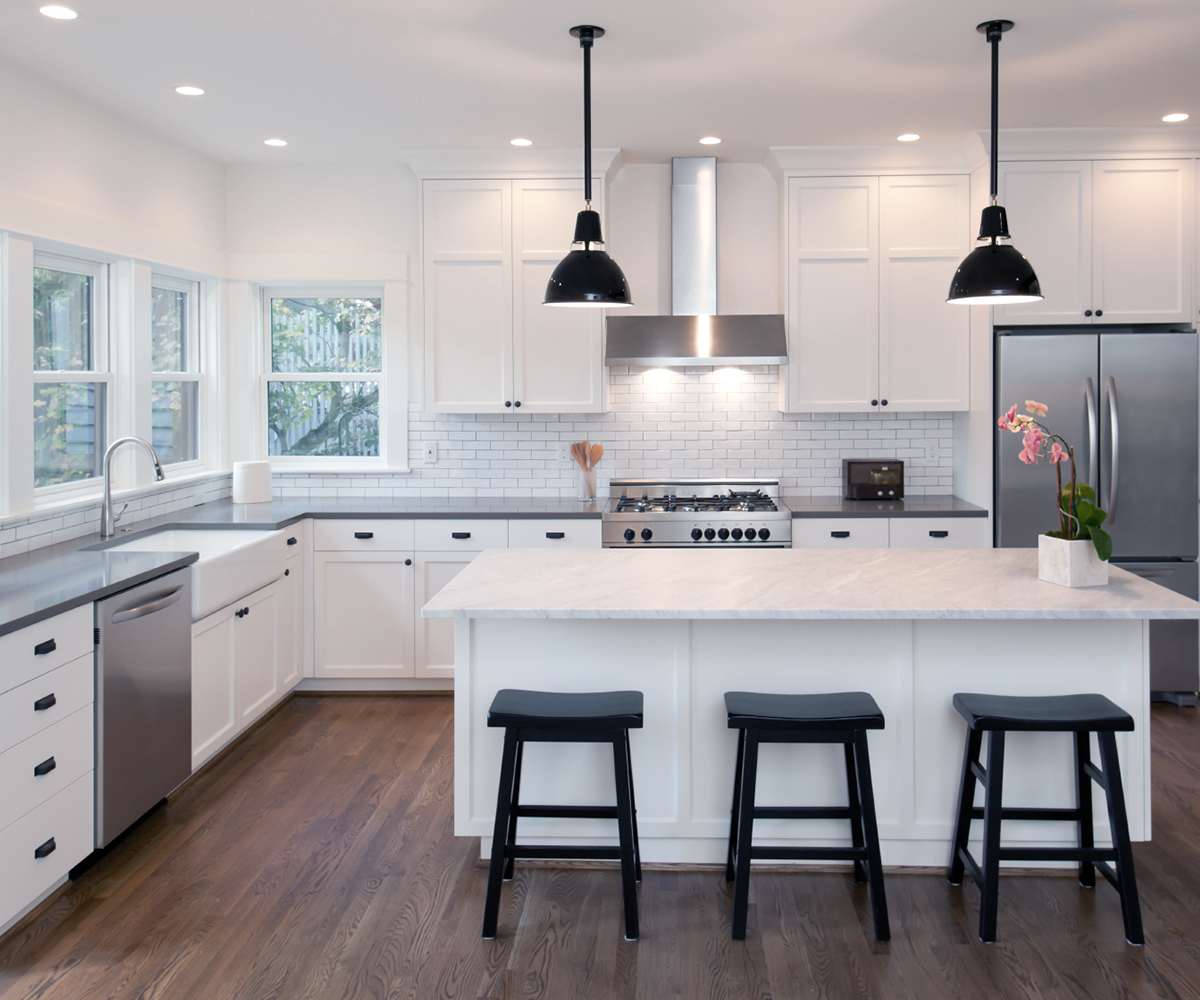 Dark cabinets have been gaining popularity in recent years, and for a good reason. They add a touch of elegance and luxury to any kitchen.
Dark cabinets work well with a variety of styles
, from traditional to contemporary, and they bring a sense of warmth and richness to the space. However, dark cabinets can also make a room feel smaller and darker if not paired with the right lighting. This is where
kitchen recessed lighting
comes in.
Dark cabinets have been gaining popularity in recent years, and for a good reason. They add a touch of elegance and luxury to any kitchen.
Dark cabinets work well with a variety of styles
, from traditional to contemporary, and they bring a sense of warmth and richness to the space. However, dark cabinets can also make a room feel smaller and darker if not paired with the right lighting. This is where
kitchen recessed lighting
comes in.
The Benefits of Kitchen Recessed Lighting
 Kitchen recessed lighting, also known as can lights, are fixtures that are installed into the ceiling, providing a flush and streamlined look. They are perfect for illuminating specific areas of the kitchen, such as the countertops, sink, and stove.
Recessed lighting creates a clean and clutter-free look
, making it an ideal choice for modern house designs. It also provides ample lighting without taking up any visual space, perfect for smaller kitchens or those with lower ceilings.
Kitchen recessed lighting, also known as can lights, are fixtures that are installed into the ceiling, providing a flush and streamlined look. They are perfect for illuminating specific areas of the kitchen, such as the countertops, sink, and stove.
Recessed lighting creates a clean and clutter-free look
, making it an ideal choice for modern house designs. It also provides ample lighting without taking up any visual space, perfect for smaller kitchens or those with lower ceilings.
The Perfect Combination for a Modern House Design
 The combination of
kitchen recessed lighting with dark cabinets
is a match made in design heaven. The recessed lights provide task lighting for cooking and food preparation, while the dark cabinets add visual interest and depth to the space. The contrast between the light and dark elements creates a modern and sleek look, perfect for homeowners looking to achieve a contemporary style. This combination also allows for more flexibility in design and decor choices, as the neutral tones of the dark cabinets and recessed lights can easily be paired with a variety of colors and materials.
In conclusion, when it comes to house design,
lighting should not be overlooked
. The right lighting can enhance the overall design and functionality of a space, and
kitchen recessed lighting with dark cabinets
is a winning combination for a modern and stylish kitchen. So, if you're looking to update your kitchen design, consider incorporating these two elements for a beautiful and functional space.
The combination of
kitchen recessed lighting with dark cabinets
is a match made in design heaven. The recessed lights provide task lighting for cooking and food preparation, while the dark cabinets add visual interest and depth to the space. The contrast between the light and dark elements creates a modern and sleek look, perfect for homeowners looking to achieve a contemporary style. This combination also allows for more flexibility in design and decor choices, as the neutral tones of the dark cabinets and recessed lights can easily be paired with a variety of colors and materials.
In conclusion, when it comes to house design,
lighting should not be overlooked
. The right lighting can enhance the overall design and functionality of a space, and
kitchen recessed lighting with dark cabinets
is a winning combination for a modern and stylish kitchen. So, if you're looking to update your kitchen design, consider incorporating these two elements for a beautiful and functional space.
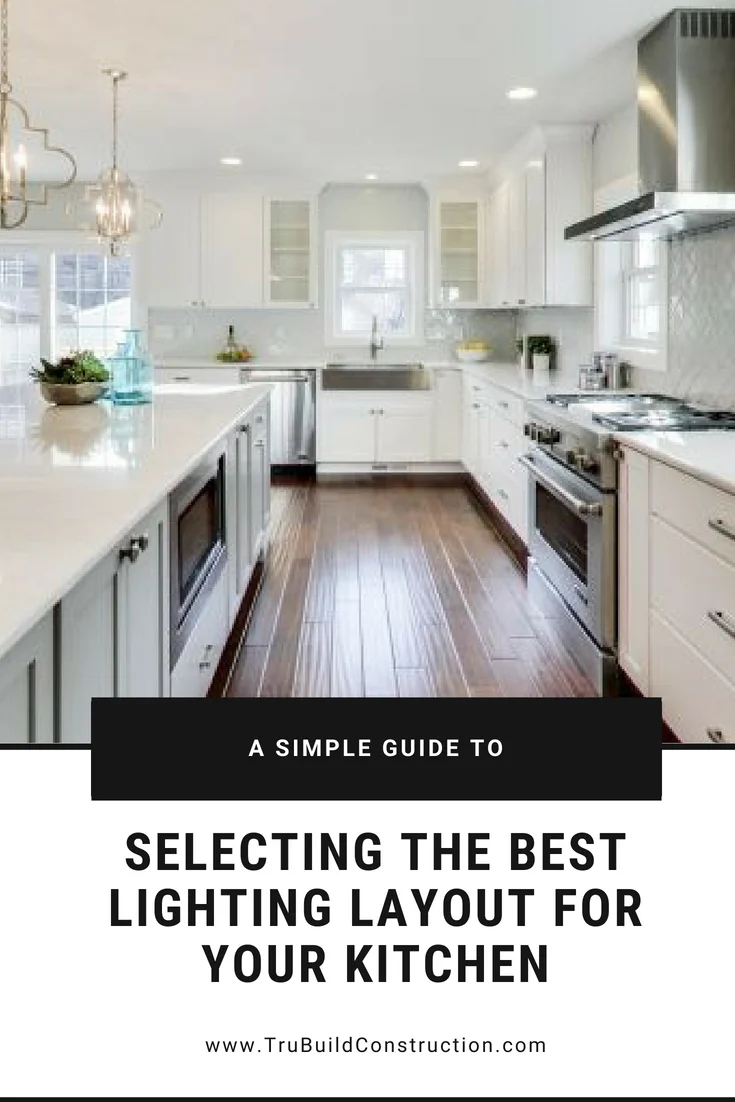





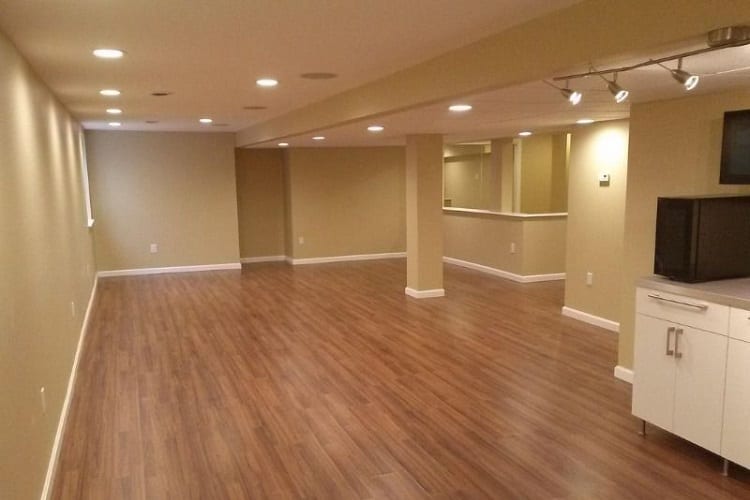







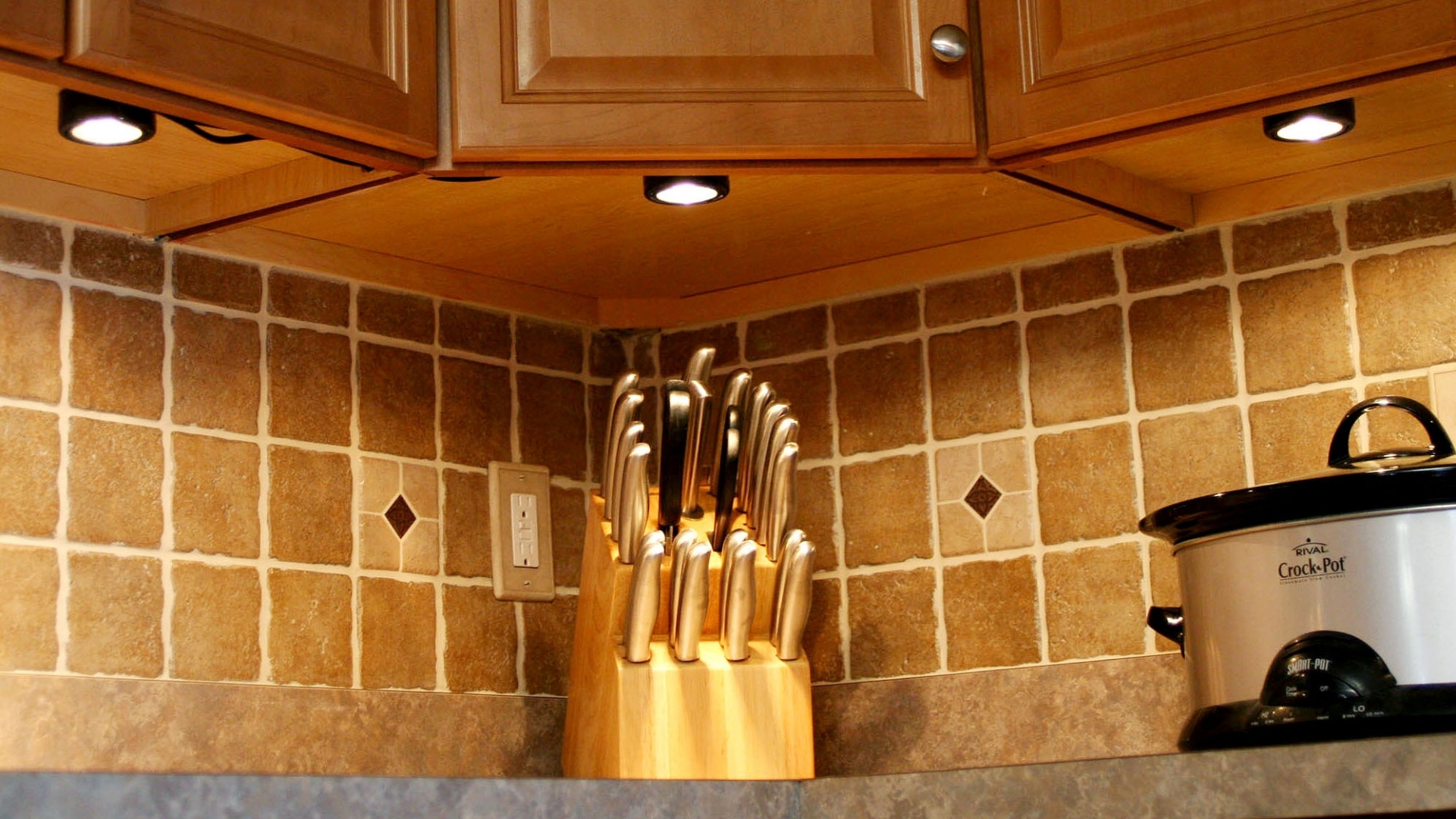




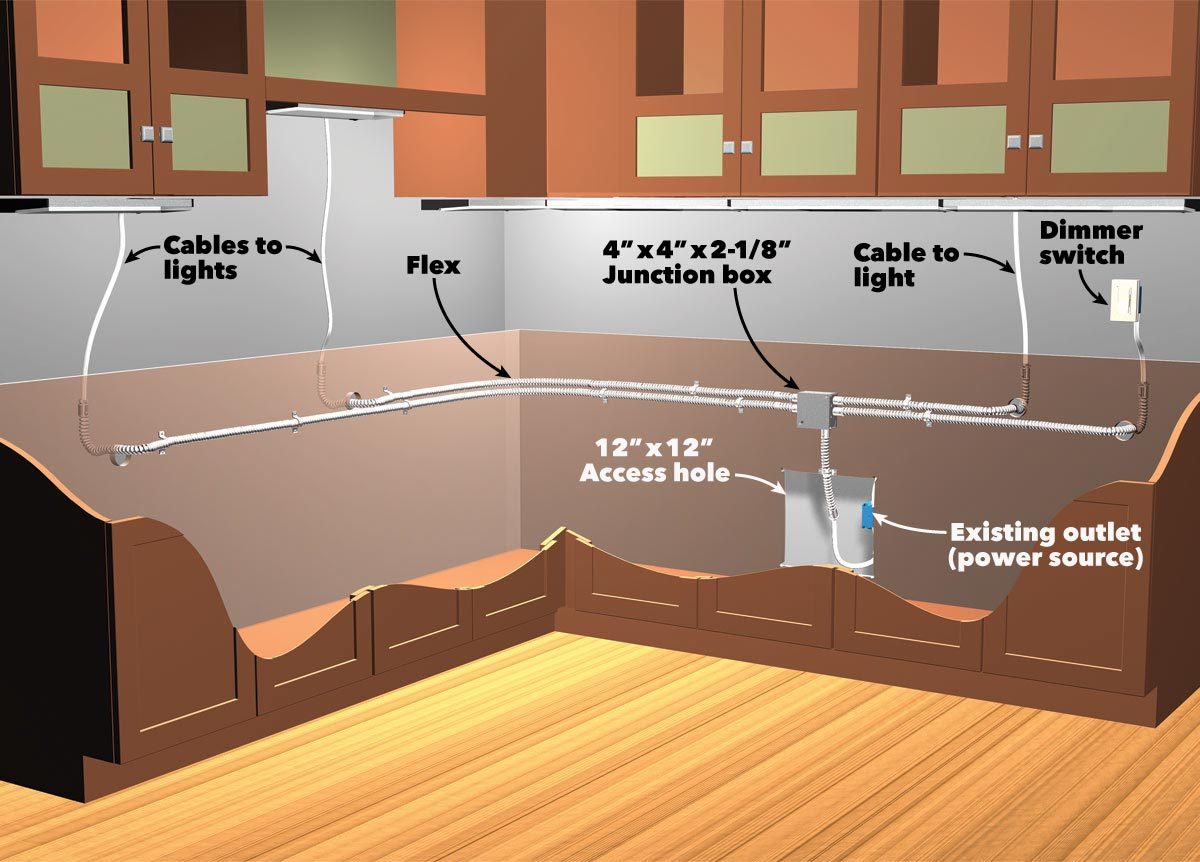

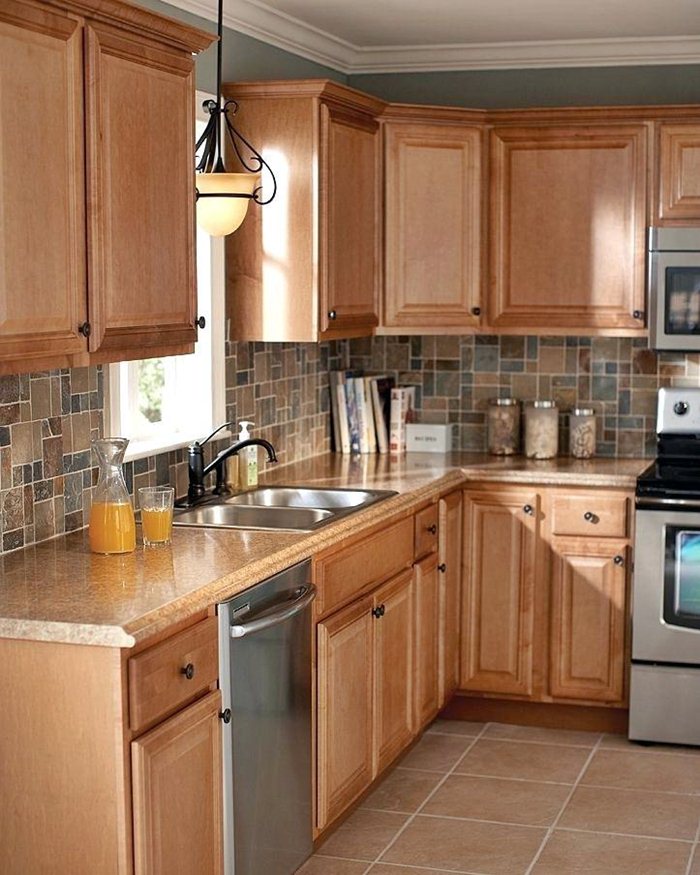


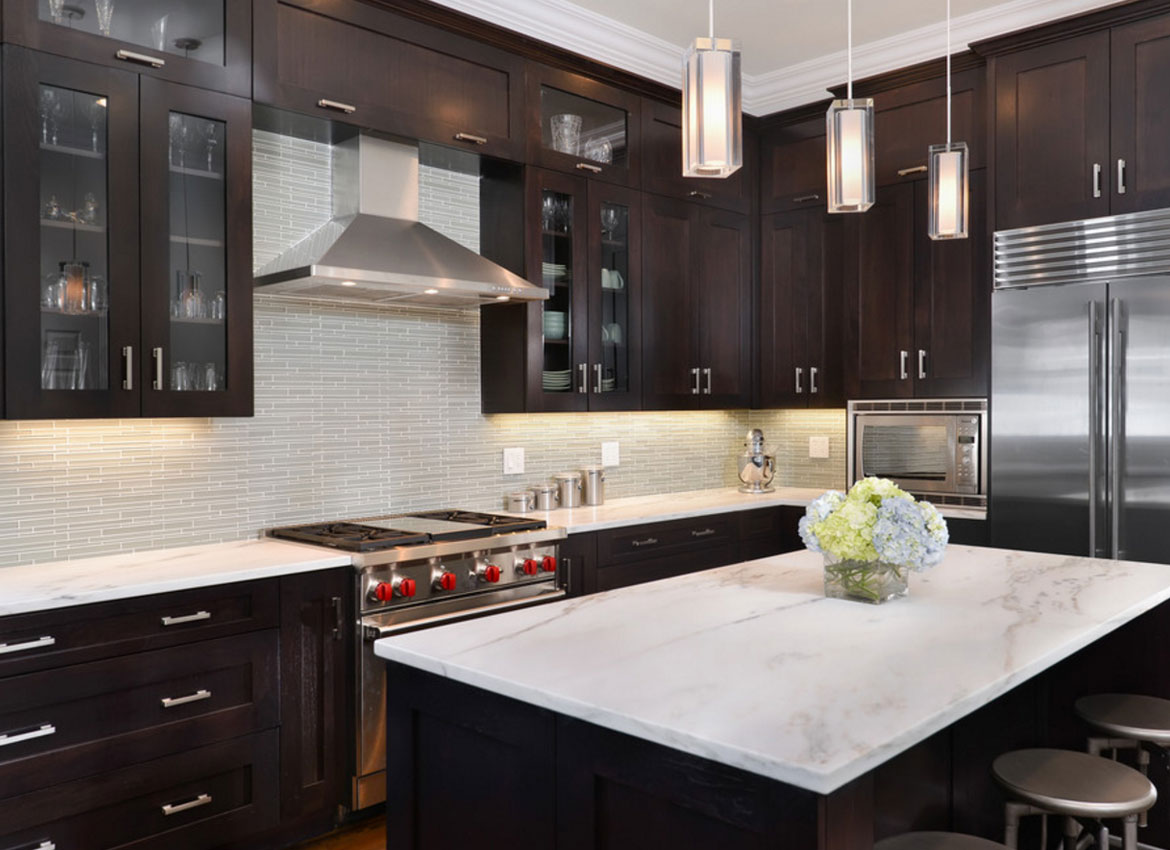

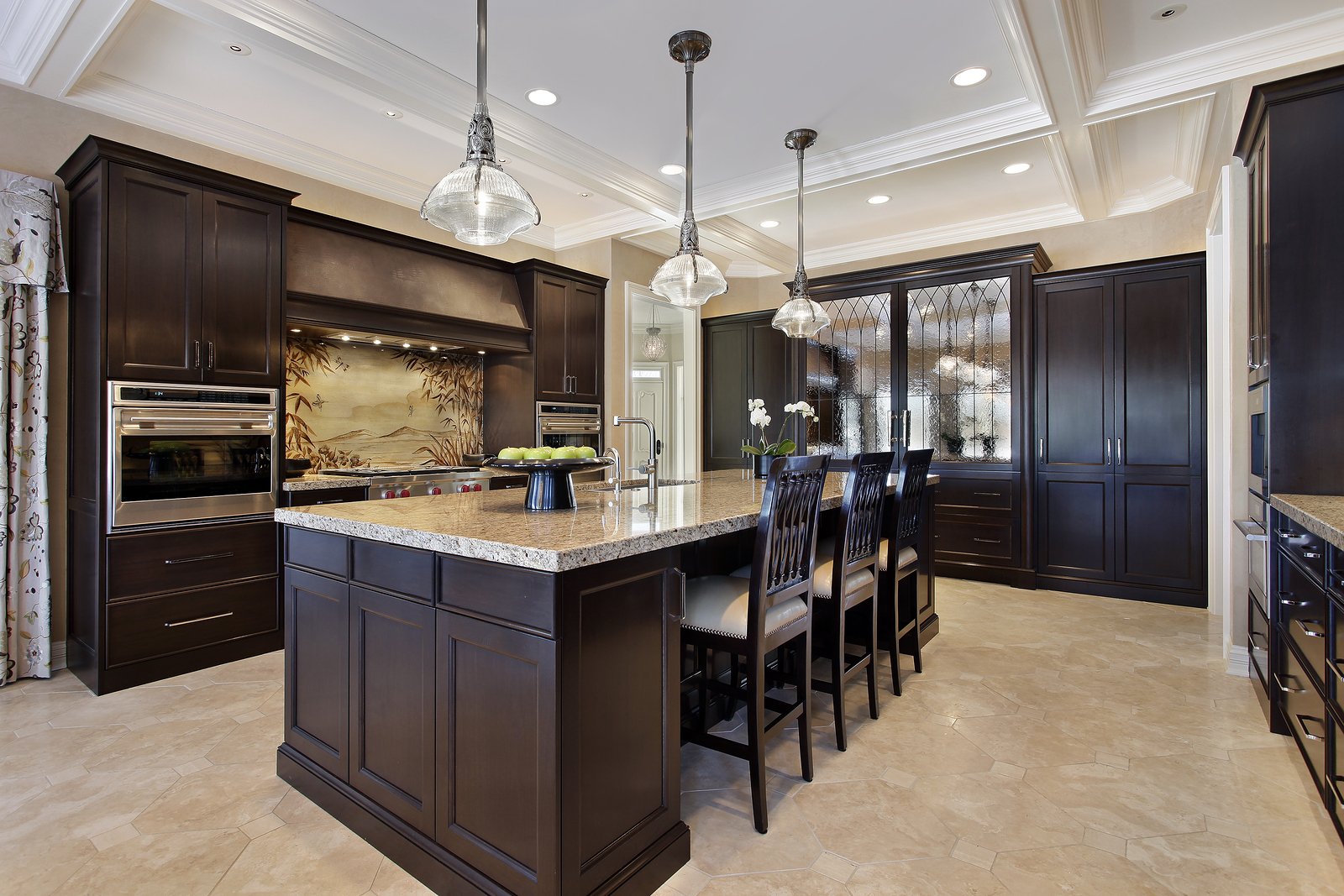
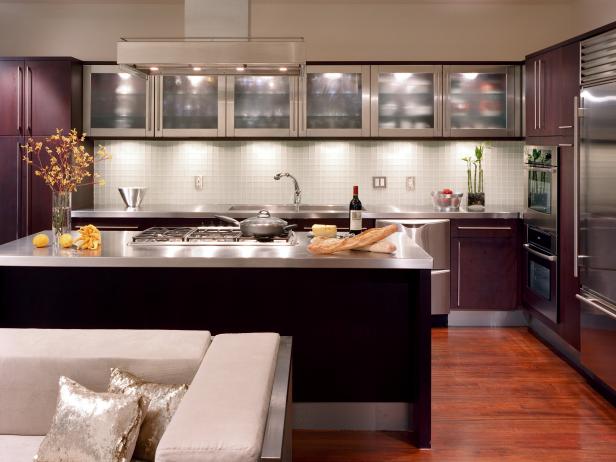
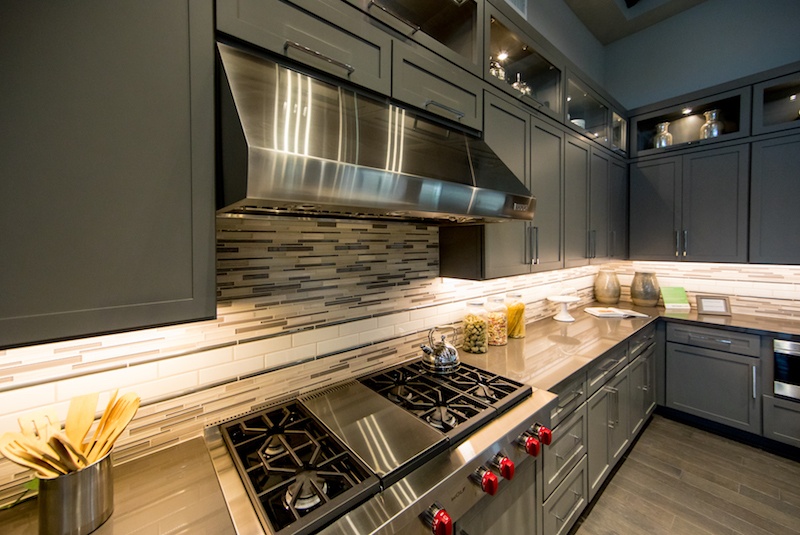
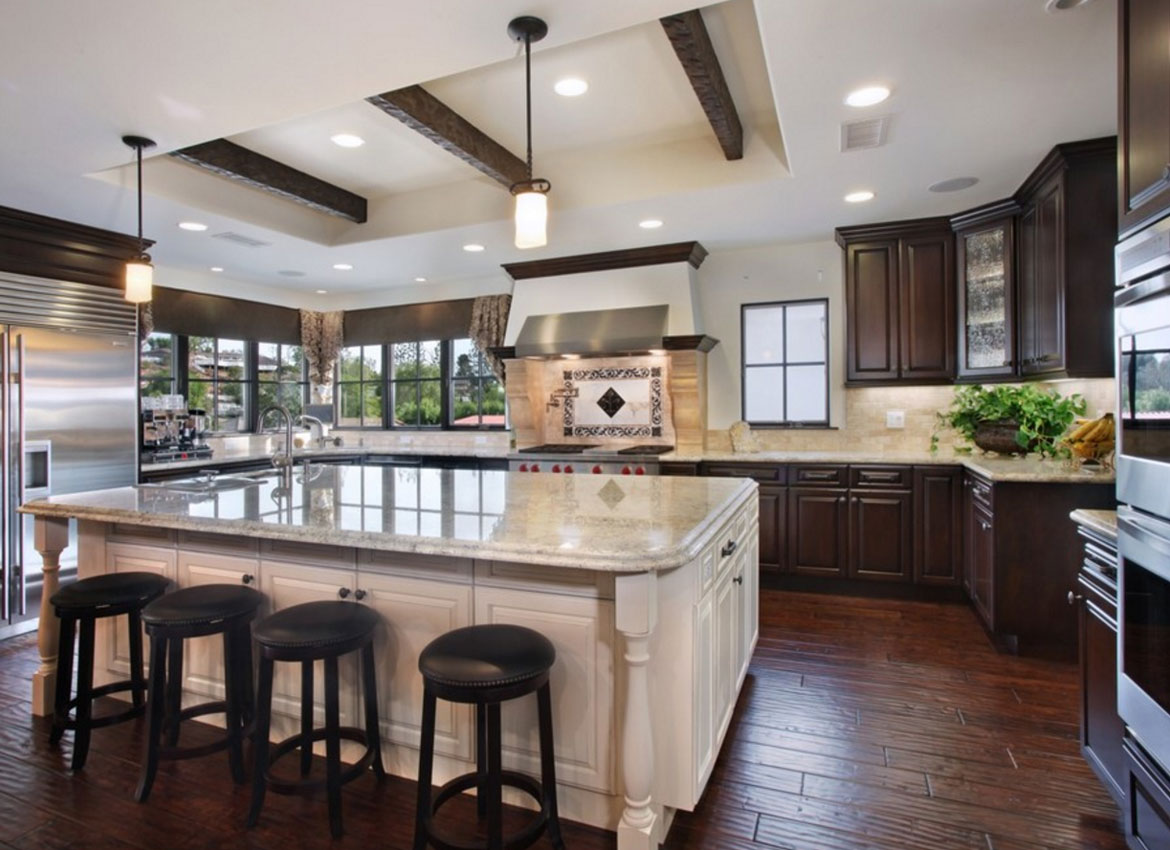
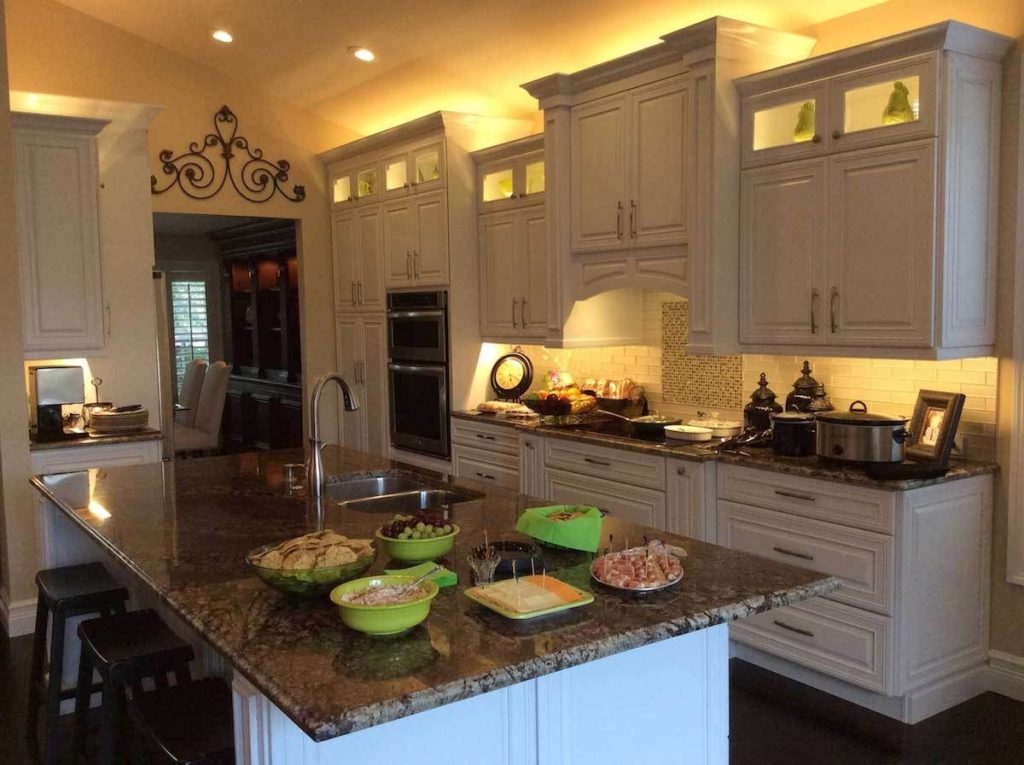

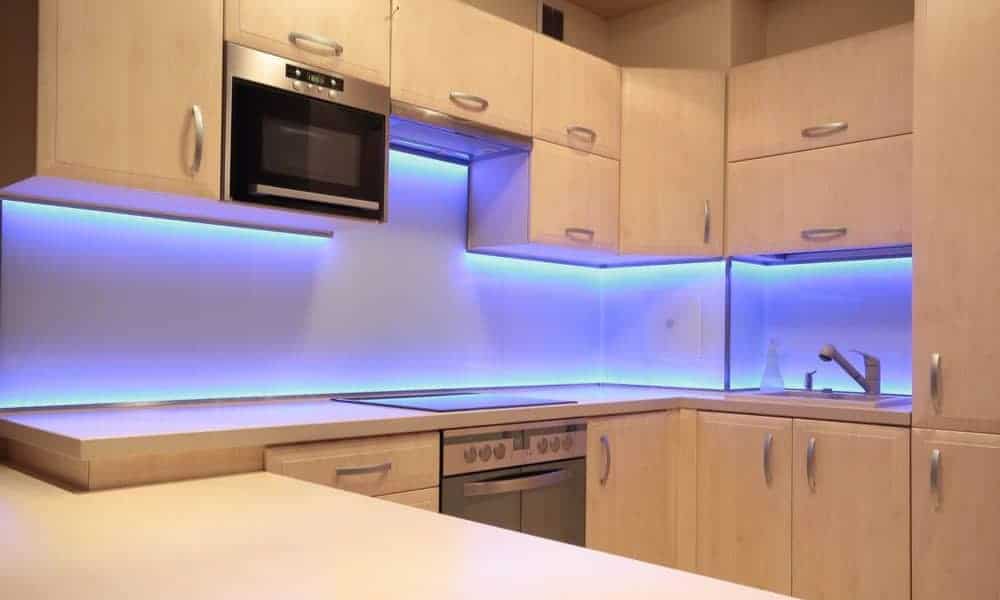

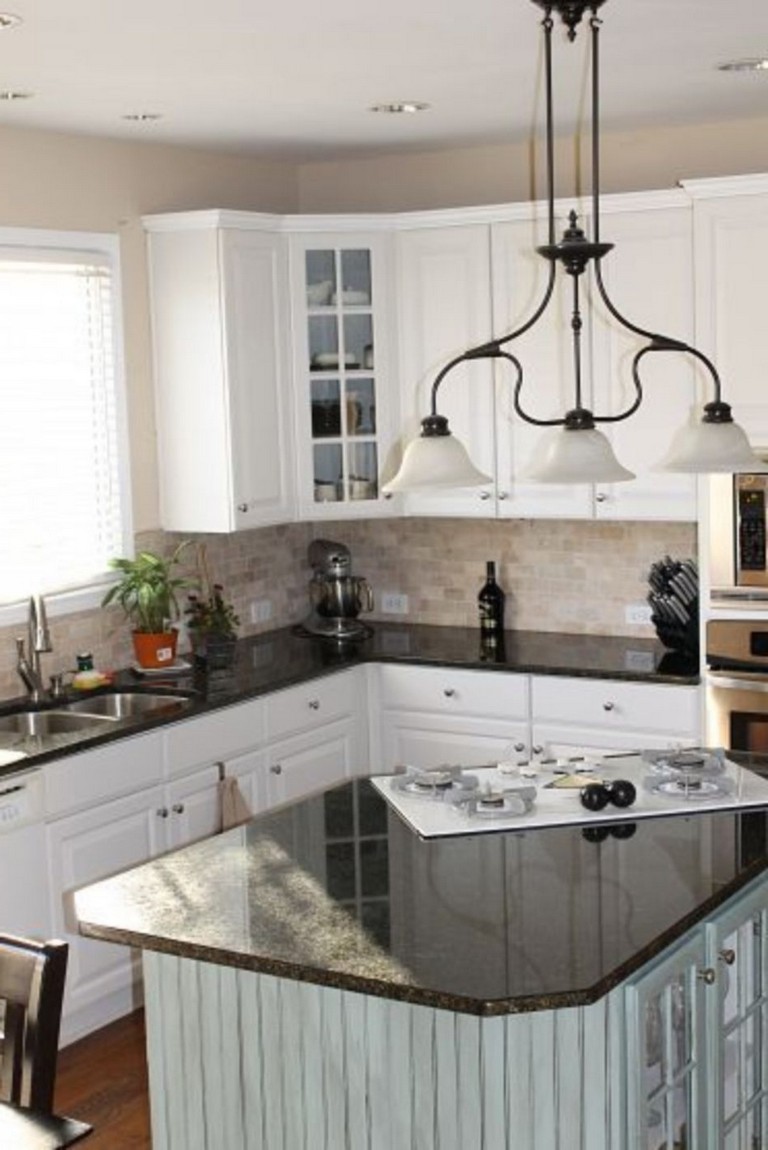


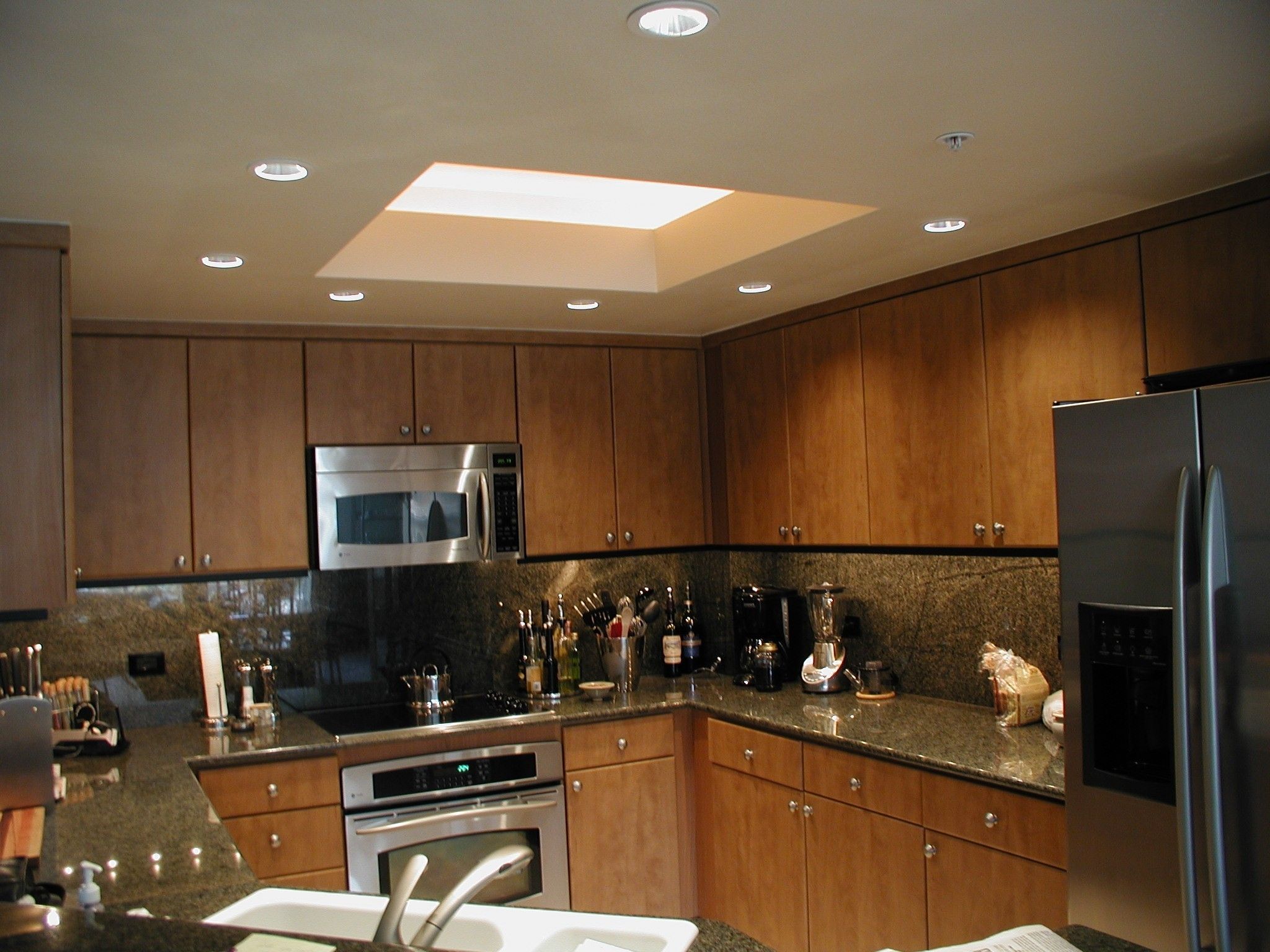


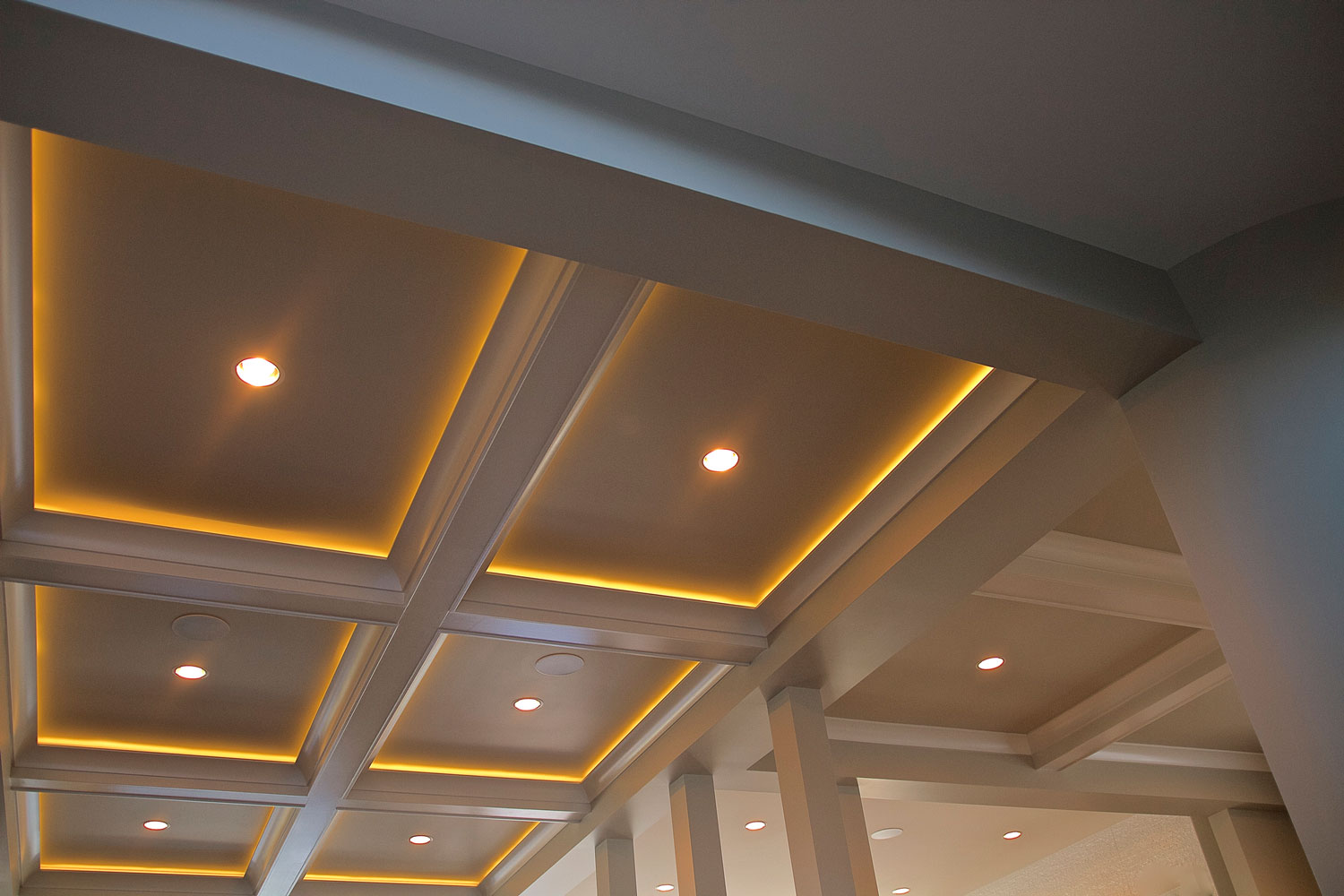
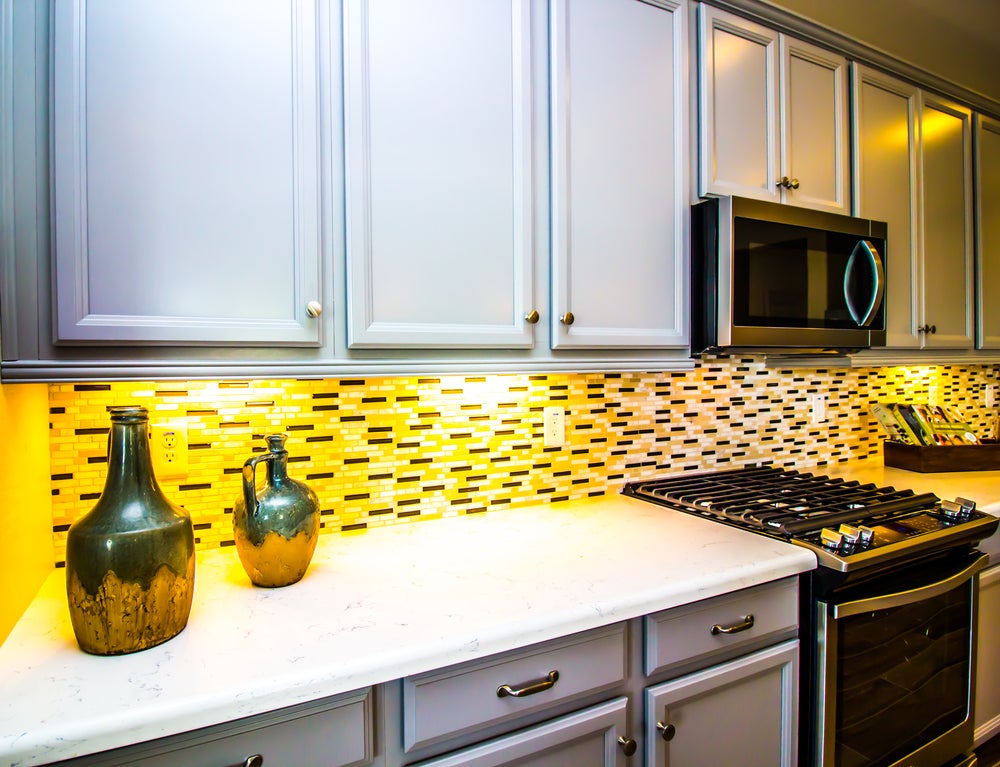
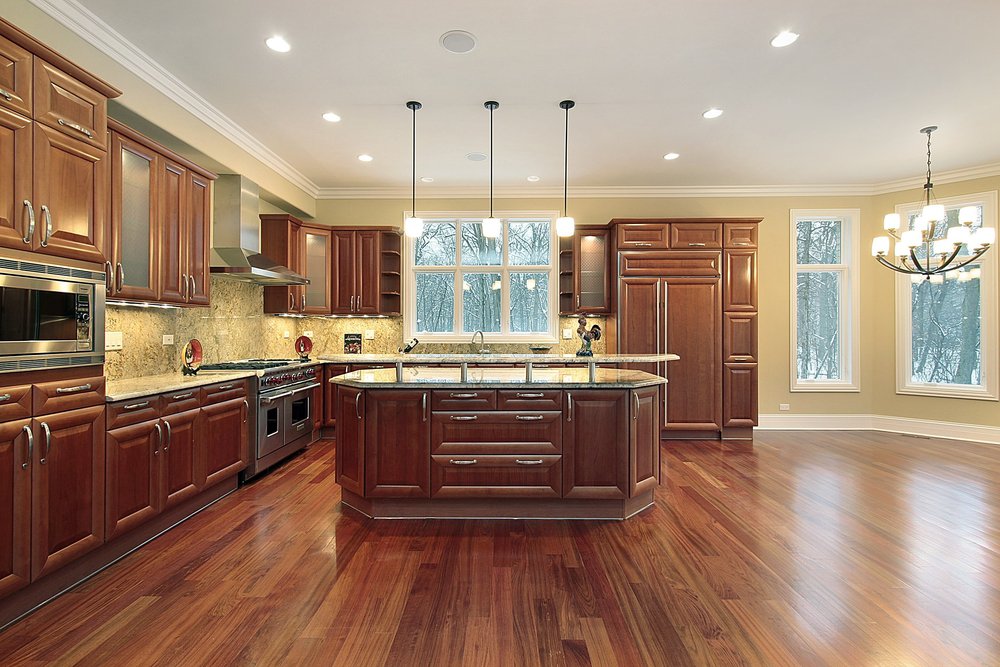





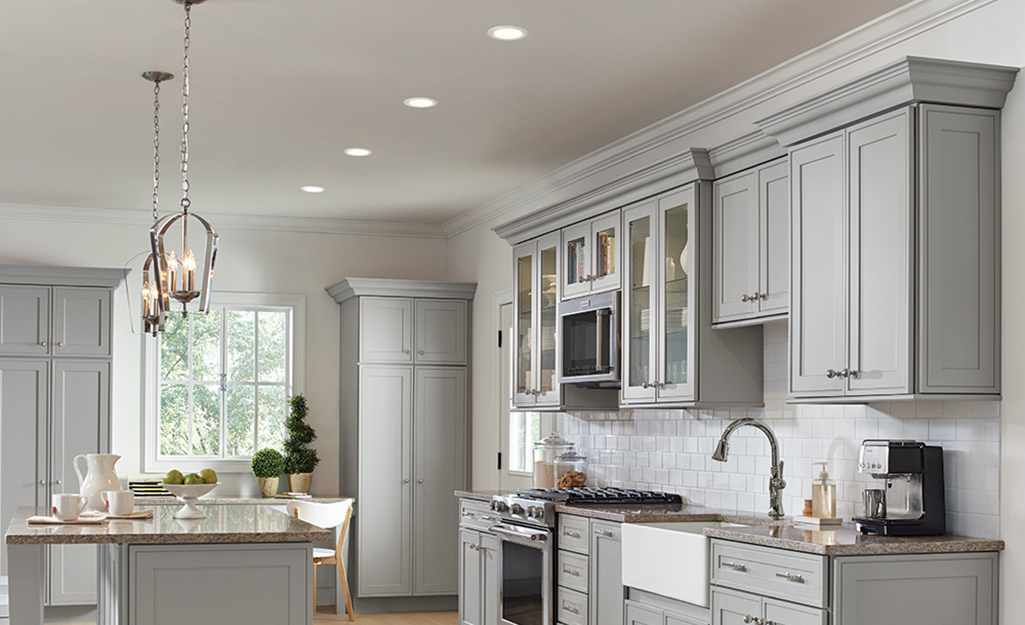







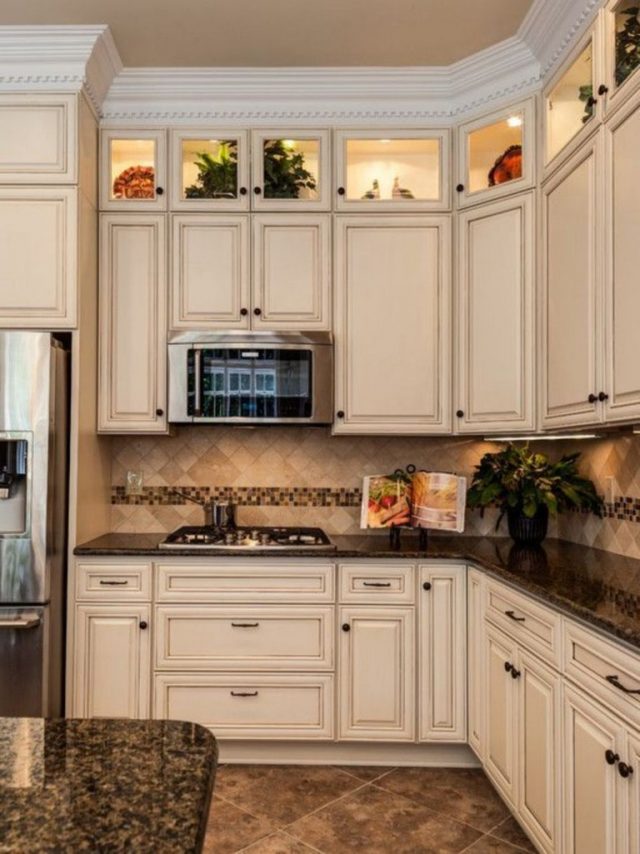

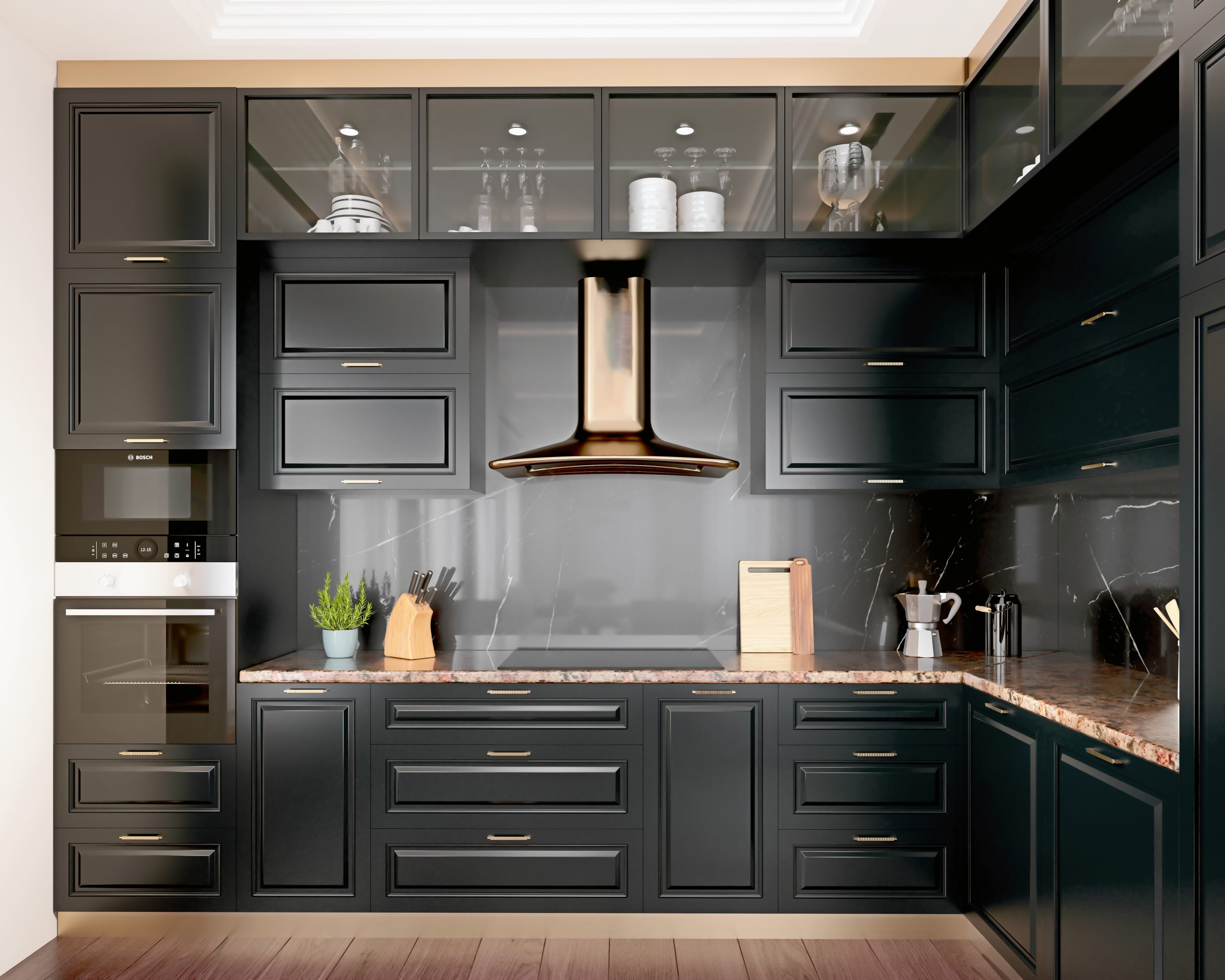

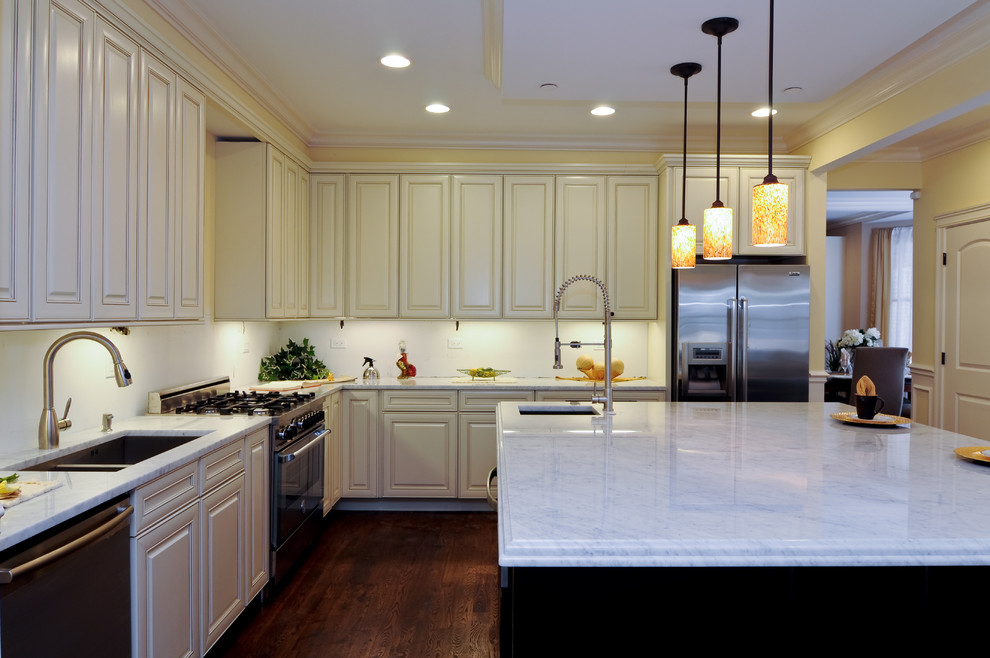


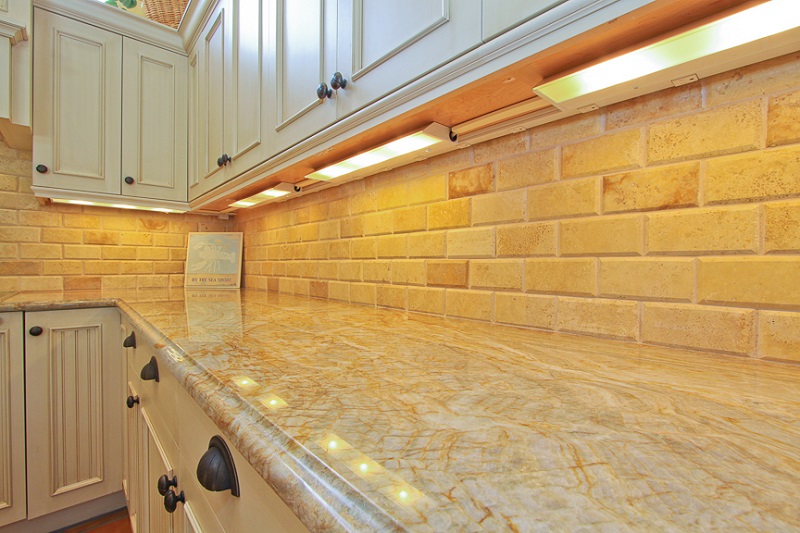









:max_bytes(150000):strip_icc()/whitekitchen-0bda5d6bcde04142a6d5c2daef083bf2.jpg)
